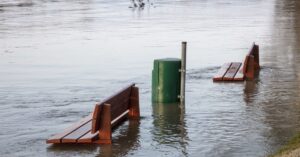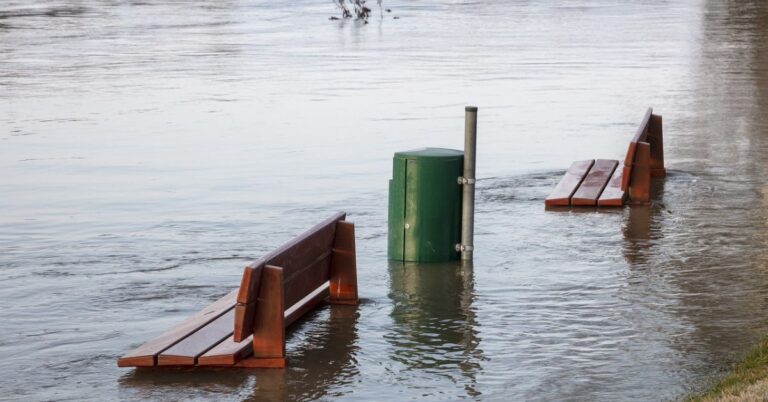Natural emergencies are an unfortunate but unavoidable part of modern life. Whether looking at floods, earthquakes, storms, or any other unpredictable event, they cause great stress and concern for our families and pets. It’s impossible to sidestep these concerns completely, but with a little hard work, it is possible to protect yourself against many of the challenges natural emergencies present. Looking at a few of these, we want to explore how you can better prepare yourself for the next event.
Location Can Be the Most Important Factor
The biggest factor in how directly safe you’ll be in a natural emergency will depend on your home. When was it built, how well has it been maintained, and how will the local environment affect potential threats? Search up local events, and see how similarly built houses managed to hold up to see what you might need to address. You could also check out international risks like in this map from Visual Capitalist, and measure them against any changing weather patterns to predict what might come next.

If your house is particularly vulnerable, it could be best to take a proactive approach and move to a more protected area. While moving itself can be a slow and stressful event, modern sales systems can at least help streamline the process. If you live in the UK, for example, We Buy Any Home in Leicester provides free cash offers within minutes, offering guaranteed sales on any property. This means you always have an option to avoid traditional wait times, to get you into a new property faster.
Food and Water
With shelter managed, the next necessities you need to worry about are food and water. Fortunately, these are much cheaper and easier to manage. As stated by the team over at Readywise, most experts and governments recommend you save at least enough food to keep each person fed for at three days at minimum. Canned, pickled, and dehydrated foods are a good investment here, since they have the longest storage life.
Water storage requires you to keep four liters per person per day, for at least three days. This might seem like overkill, but it’s far from it. You’re likely to be busy in an emergency, so you’ll sweat, which be even worse if the emergency hits in summer. There’s also the fact that people can survive (very uncomfortably) for weeks without food, but without clean water we only last a few days.

Power and Distractions
Power grids going offline is also a common event and will need to be planned for. You have a few options here, from more drastic solar panels and battery installations to keep power running to a simpler and cheap diesel generator. In either case, you’ll have to ration energy use until local power comes back.
The final concerns to focus on are distractions like games and books. Just a single board game here isn’t enough, so stock up on unpowered systems to keep everyone busy and free from boredom.
Take all these elements into account, and you can rest easy with the confidence you and your family will be safer if a natural emergency strikes. Remember to explain everything to them beforehand, and you could come away with no more than an exciting story to tell.

